Get the Best Flex PCB Quote: A Comprehensive Guide
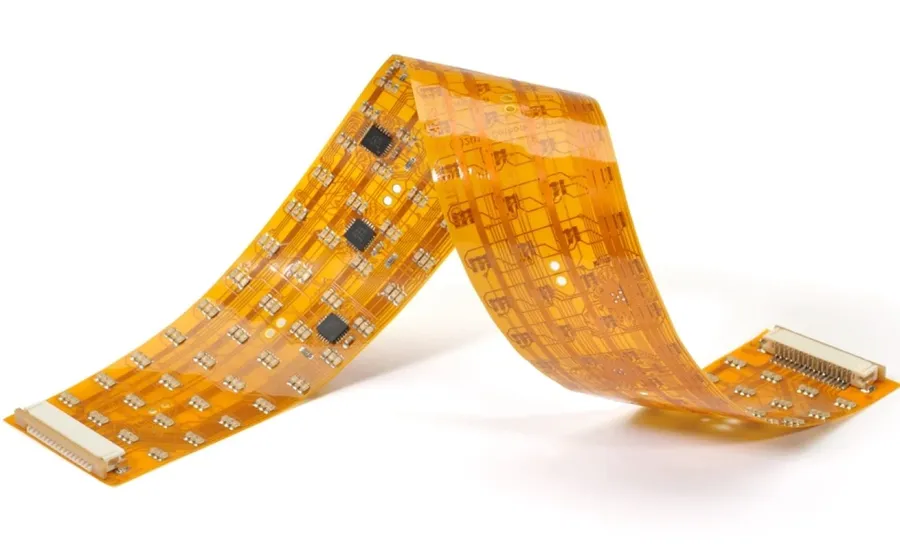
In today's fast-paced world of electronics, flexible PCBs are revolutionizing device design with their bendable and adaptable nature. If you are on the hunt for a flex PCB quote, it is crucial to understand the nuances of pricing and various impacting factors. This article is your compass, guiding you through the intricacies of obtaining a competitive flex PCB quote while highlighting the unique advantages these circuits offer, including their exceptional flexibility and customization capabilities. Let’s dive into how to secure the best deals for your next project!
Understanding Flex PCB Basics

Flexible Printed Circuits (Flex PCBs) represent a paradigm shift in electronic design, offering a dynamic alternative to traditional rigid boards. Their inherent adaptability allows for intricate designs and integration into spaces where conventional PCBs are unsuitable, making them crucial for modern electronics applications demanding flexibility and space efficiency. Flex PCBs utilize flexible substrates such as polyimide, enabling bending, twisting, and folding without compromising the electrical integrity of the circuit.
- Key Characteristics of Flex PCBs:
Flexibility, lightweight nature, high-density circuitry, and resistance to vibration and shock are key characteristics, which makes flex PCBs ideal for applications in automotive, aerospace, medical devices and wearable technology. - Construction:
Typically constructed using thin dielectric materials like polyimide or polyester, copper traces, and coverlays. This construction allows for a high degree of flexibility while maintaining electrical functionality. - Advantages over rigid PCBs:
Flex PCBs enable 3D packaging designs, offer enhanced reliability, and reduce the overall system weight and size compared to rigid PCBs. - Applications of Flex PCBs:
They are commonly used in applications such as wearable devices, automotive electronics, medical equipment, and aerospace due to their ability to conform to complex shapes and operate in harsh environments.
Types of Flex PCBs
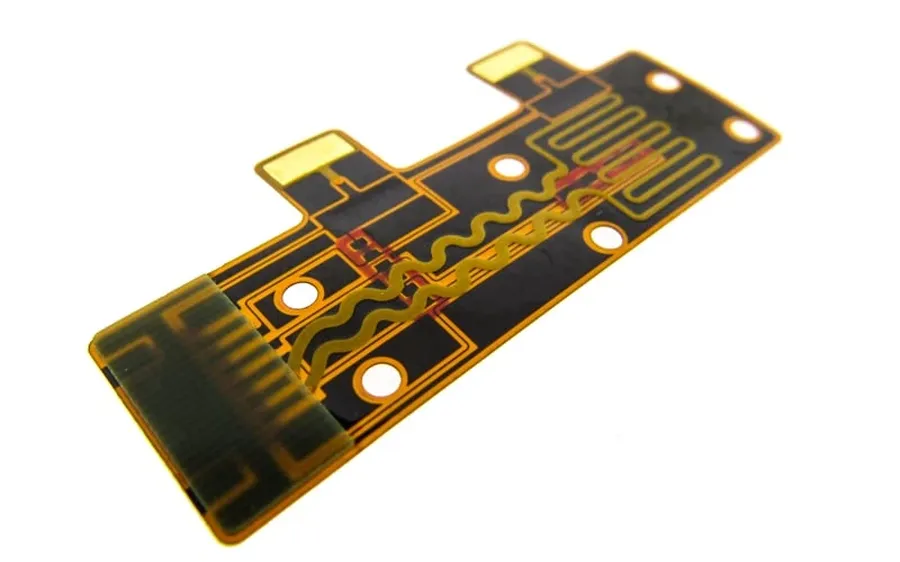
Flexible PCBs (Flex PCBs) come in various configurations, each tailored to specific application requirements. These variations provide a spectrum of design possibilities, allowing for customized solutions in diverse electronic products. This section outlines the primary types of flex PCBs, detailing their characteristics and typical uses.
| Type of Flex PCB | Description | Typical Applications | Key Attributes |
|---|---|---|---|
| Single-Sided Flex PCB | Features a single conductive layer on a flexible substrate. | Simple interconnects, membrane switches, basic sensors. | Lowest cost, simplest design, limited complexity. |
| Double-Sided Flex PCB | Has conductive layers on both sides of the flexible substrate. | More complex circuitry, displays, wearable devices. | Increased density, more routing options, moderate cost. |
| Multilayer Flex PCB | Consists of three or more conductive layers separated by dielectric layers. | High-density interconnects, advanced medical equipment, aerospace electronics. | Highest density, complex routing, greater design flexibility, higher cost. |
| Rigid-Flex PCB | Combines flexible circuits with rigid PCB sections. | Complex interconnects requiring both flexibility and rigidity, automotive electronics, camera modules. | Combines advantages of both rigid and flex, reduces connector usage, complex assembly. |
Key Factors Affecting Flex PCB Quote
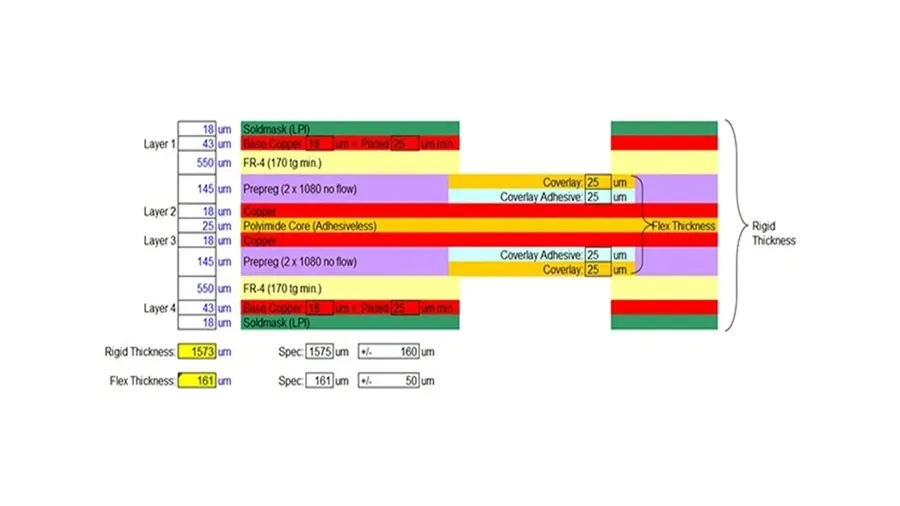
Accurate flex PCB quotes hinge on a variety of factors, each contributing to the overall cost. Understanding these elements—from material selection to design complexity—is critical for effective budgeting and avoiding unexpected expenses. These considerations ensure project costs remain controlled without sacrificing the desired performance or quality.
| Factor | Description | Impact on Quote |
|---|---|---|
| Material Selection | The base material (e.g., polyimide, polyester), copper thickness, and adhesive type significantly impact both performance and cost. | High-performance materials or thicker copper layers increase costs. |
| Number of Layers | Single-sided, double-sided, or multi-layer flex PCBs have varying manufacturing complexities. | More layers mean higher manufacturing time and cost. |
| PCB Dimensions | The overall size and shape of the PCB directly influence material usage and manufacturing time. | Larger PCBs require more materials, increasing the cost. |
| Copper Thickness | The thickness of the copper layer affects the current-carrying capacity and signal integrity. | Increased copper thickness can lead to higher costs. |
| Finishes | Surface finishes (e.g., ENIG, HASL) provide protection and solderability. | More complex or precious metal finishes will increase costs. |
| Quantity | The number of PCBs required significantly affects per-unit cost due to economies of scale. | Larger quantities generally reduce per-unit costs. |
| Via Types & Density | The use of through-hole, blind, or buried vias, and their density, influence manufacturing precision and cost. | Higher via density and complex vias increase costs. |
| Special Requirements | Specific needs such as impedance control, controlled dielectric thickness, or stiffeners add to complexity and cost. | Additional requirements increase production cost. |
| Panelization | The method of arranging multiple PCBs on a single panel for manufacturing. | Efficient panelization reduces material waste and thus lowers costs. |
Online vs. Direct Flex PCB Quote
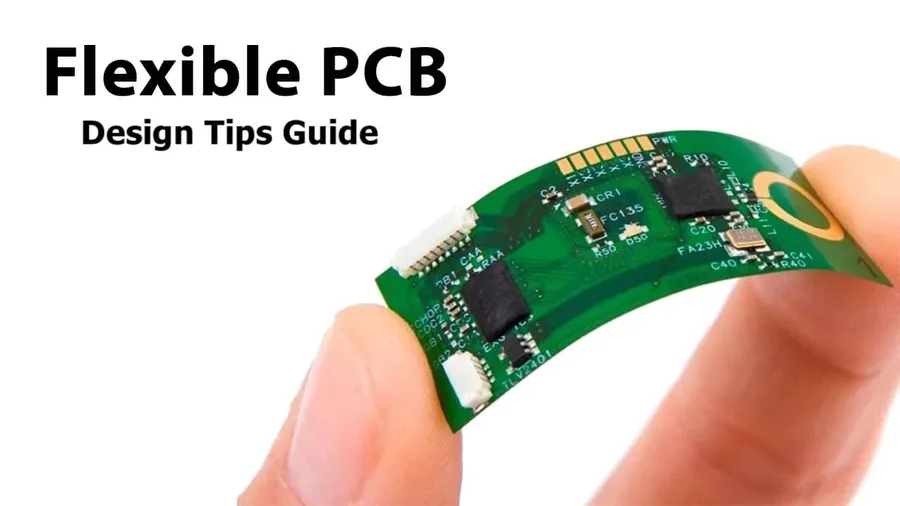
When sourcing flexible printed circuit boards (PCBs), you'll typically encounter two primary methods for obtaining a quote: online instant quoting tools and direct quotes from manufacturers. Each method offers distinct advantages and disadvantages, and understanding these differences is crucial for making informed procurement decisions. The choice hinges on project complexity, required customization, and the level of interaction needed with the supplier.
| Feature | Online Instant Quote | Direct Manufacturer Quote |
|---|---|---|
| Speed | Immediate | Can take 1-3 business days |
| Customization | Limited to predefined options | Highly customizable to project specifics |
| Cost Accuracy | Potentially less accurate for complex designs | Generally more accurate, considers nuances |
| Expert Consultation | No direct human interaction | Offers engineering support and design feedback |
| Transparency | Price breakdown might be less detailed | Typically provides a detailed breakdown of cost drivers |
| Ideal Use Case | Simple, standard flex PCB designs | Complex, custom, or high-volume projects |
| Negotiation Potential | Limited flexibility | Greater opportunity for negotiation |
In essence, online instant quotes serve as a convenient starting point for straightforward projects with standard specifications, while direct quotes provide a path to highly customized, accurate, and potentially more cost-effective solutions for more complex and demanding flex PCB applications.
How to Prepare for a Flex PCB Quote Request
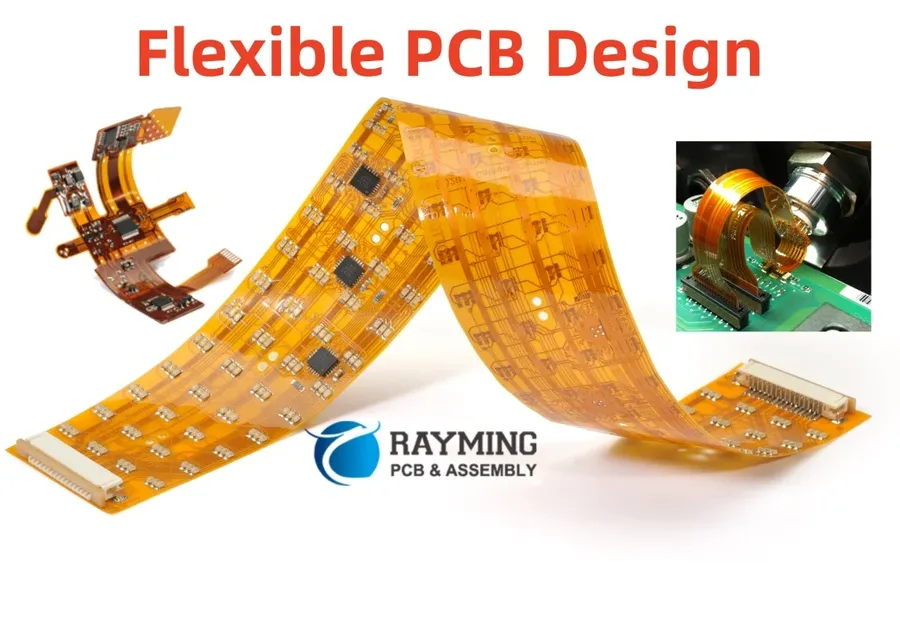
Preparing a comprehensive request for a flex PCB quote is crucial for obtaining accurate pricing and ensuring project success. This process involves gathering specific documentation and specifications that enable manufacturers to understand your requirements precisely.
- Gather Gerber Files
Gerber files are the standard file format in the PCB industry and include the necessary data for manufacturing. Ensure that you have a complete and accurate set, including copper layers, solder mask, silkscreen, and drill files. Verify the files with a reliable Gerber viewer to ensure no errors exist before submitting. - Specify Material Requirements
The base material of a flex PCB significantly affects its performance and cost. Clearly specify the type of material, such as polyimide or polyester, along with the required thickness and any other specific properties. If applicable, detail any coverlay materials and adhesives to be used. These materials should be specifically stated, for example, 1 mil Polyimide with 1/2 oz Copper. - Define the PCB Stack-up
For multilayer flex PCBs, provide a detailed stack-up diagram. This diagram should specify the layer arrangement and material thicknesses, as well as any via types. A clear stack-up diagram will minimize confusion and ensure that the manufacturer knows precisely what layers are needed. It is recommended that the stackup diagram also show which layers are flex core vs coverlay. The finished thickness should be indicated here as well. - Determine the Required Finishes
Specify the desired surface finish, such as ENIG (Electroless Nickel Immersion Gold), HASL (Hot Air Solder Leveling), or OSP (Organic Solderability Preservative). The choice of finish can affect cost, solderability, and shelf life, and is critical to the product's reliability in its environment. It should be known if the finished pads will be used with solder or conductive adhesives. - Provide Detailed Dimensions and Tolerances
Accuracy in size is paramount in the proper functionality of flex PCBs, provide detailed dimensions for the PCB with tolerances that are as loose as possible while maintaining the intended form, fit, and function. The dimensions should include overall dimensions as well as component placement, and keep in mind how tight the bend radius is. - Outline Special Manufacturing Requirements
Identify any specific manufacturing requirements or processes, such as impedance control, controlled depth routing, and specific bending requirements, or even cutouts/holes. Specific requirements can affect the PCB's functionality and will impact the cost and manufacturing processes. This information should be as comprehensive as possible. - Estimate the Required Quantity
Provide a clear estimate of the quantity of PCBs you need for your project. Larger quantities often lead to lower per-unit prices due to economies of scale, but it is important to only order what is required for the application. Having an appropriate quantity will impact the cost of your PCB, and may also influence the lead time. - Specify Required Testing and Certifications
Outline any required electrical testing (e.g., flying probe, functional tests, hipot) and any necessary certifications (e.g., UL, RoHS). Testing will guarantee that each product is made correctly, and meet the requirements. Certifications will ensure that each product complies with safety and environmental standards
Comparing Flex PCB Manufacturers
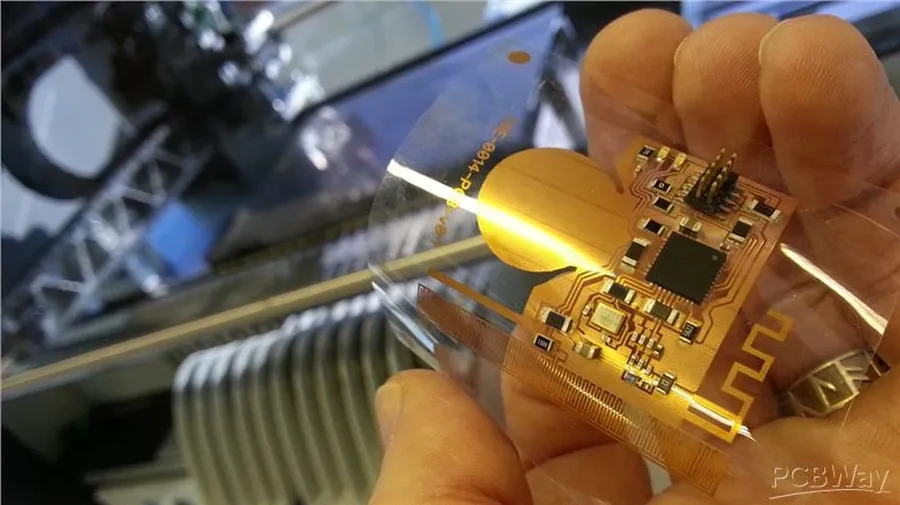
Selecting the right flex PCB manufacturer is a critical step that directly impacts project success. This section provides a comparative analysis of key factors to consider when evaluating potential partners, enabling informed decisions that balance cost, quality, and timelines. The goal is to equip you with the knowledge needed to select a manufacturer that aligns perfectly with your specific project's requirements.
| Factor | Description | Impact |
|---|---|---|
| Price | The cost per unit, tooling, and any additional fees. | Directly affects project budget and overall cost-effectiveness. |
| Quality | Conformity to industry standards (e.g., IPC), material quality, and manufacturing precision. | Ensures long-term reliability, performance, and minimizes defects. |
| Lead Times | The time required from order placement to delivery of finished PCBs. | Affects project scheduling and time-to-market. |
| Customer Service | Responsiveness, communication, technical support, and flexibility. | Enables smooth project flow and addresses potential challenges promptly. |
| Manufacturing Capabilities | Technology, process, materials capabilities, and expertise with specific Flex PCB type. | Determines if they can meet the specific complexity requirements of your project. |
| Geographic Location | The manufacturer's location can affect shipping time, costs, and communication. | Impacts overall turnaround time and ease of interaction. |
| Minimum Order Quantities | The smallest number of PCBs you can order, which can influence your prototyping or small batch productions. | May lead to inventory waste and additional expenses if not correctly aligned. |
When assessing manufacturers, it is essential to go beyond the basic quotes. Check for certifications (e.g., ISO 9001), read customer reviews, request samples or prototypes, and don’t hesitate to schedule a call for further discussion.
Frequently Asked Questions About Flex PCB Quotes
This section addresses common questions regarding flex PCB quotes, providing clarity on cost factors, reliability, and the distinctions between flex PCBs and FPCs. We also delve into the limitations and advantages of flexible circuits to inform design decisions.
- What factors cause flex PCB cost variations?
Flex PCB costs are influenced by several factors, including material selection (e.g., polyimide, PET), number of layers, circuit complexity, dimensions, required tolerances, surface finishes, and the volume of the order. Specialized requirements, such as controlled impedance or blind vias, can also increase costs. Material costs and fabrication processes are also significant contributors. - How reliable are flex PCBs?
Flex PCBs are highly reliable when designed and manufactured correctly. Their inherent flexibility allows them to withstand repetitive bending and vibration without compromising performance. Reliability is dependent on proper material selection for the intended application, adequate design for the operating environment, and adherence to strict manufacturing standards. Material fatigue from excessive bending, or poor handling, however, can lead to failure. - What are the key differences between flex PCBs and FPCs?
The terms 'flex PCB' and 'FPC' (Flexible Printed Circuit) are often used interchangeably. While both refer to flexible circuit boards, 'FPC' is the more common term used across Asia, while 'flex PCB' is more prevalent in the western world. They both involve similar manufacturing process and materials, and the choice of terms used depends mainly on geographic preferences. Therefore, they are fundamentally the same product. Functionally, both terms describe a PCB built on a flexible substrate. - What are the primary disadvantages of flexible PCBs?
Despite their advantages, flexible PCBs have some limitations. Their manufacturing process can be more complex than rigid PCBs, leading to higher costs, particularly for small quantities. The flexible nature of the substrate also makes them more sensitive to damage during handling and assembly. Additionally, the materials used for flex PCBs may be less chemically resistant than those used for rigid PCBs, and therefore need to be applied based on a specific set of design needs. - How does the number of layers affect flex PCB cost?
The number of layers in a flexible PCB is a major determinant of cost. Single-sided flex PCBs are the most economical, while multi-layer boards increase in price because of the added fabrication complexity and material usage. The manufacturing processes for creating precise layer registration, and inter-layer connections like vias significantly add to the cost. Higher layer count also implies more complex design, which requires more engineering time, and increases the project expense. - What design considerations should be made for bending flex PCBs?
Flex PCB design must consider bending radius, flex-life requirements, and stress concentrations. It's critical to avoid sharp bends and to specify the bend radius based on material characteristics and layer counts. Conductors should be routed carefully through the bend areas to minimize stress, and any materials used must withstand repeated cycles of flex without damage. Design should also account for potential stress on components mounted to the flexible substrate. - Can flex PCBs support high-speed data transfer?
Yes, flex PCBs can support high-speed data transfer. With proper design techniques and material selection, flex PCBs can incorporate controlled impedance lines and advanced circuit features. This is achieved by manipulating the width and spacing of traces, using suitable dielectrics for signal propagation, and ensuring that the signal returns path is optimized, all in order to minimize signal degradation. The flexibility of the PCB does not inherently limit data transfer rates, and can be used in even the most complex high-speed applications.
Actionable Steps to Optimize Your Flex PCB Quote
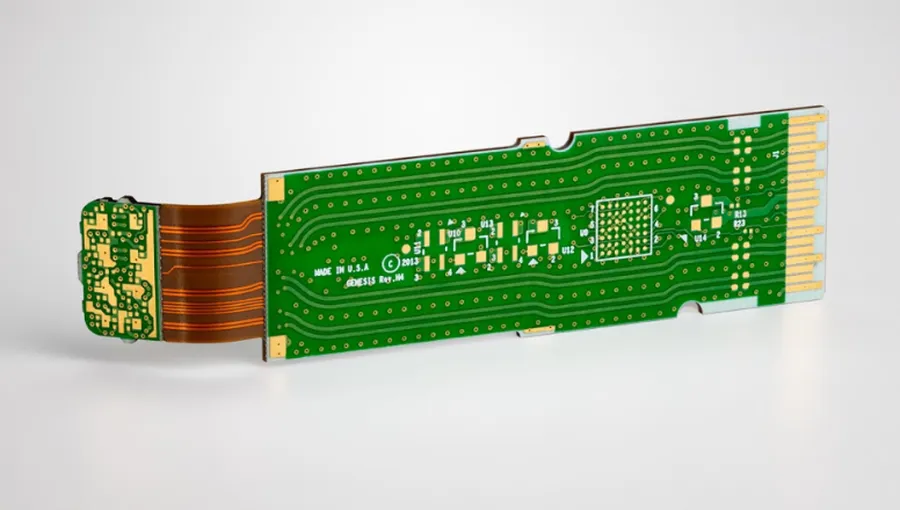
Optimizing your flex PCB design is crucial for minimizing costs without compromising performance. Strategic planning and material selection are key to achieving a cost-effective solution. This section outlines practical steps to help you refine your design and secure a more favorable quote.
- Standardize Material Selection
Opt for commonly used materials, as custom materials often incur higher costs and longer lead times. Consider industry-standard polyimide films and copper thicknesses. Utilizing readily available materials not only reduces cost but can also expedite the manufacturing process. - Optimize Layer Count
Carefully review your layer requirements. Minimizing the number of layers can significantly lower the manufacturing cost, as complexity directly affects the cost and time involved. Evaluate if you can achieve your electrical and mechanical needs with fewer layers without sacrificing functionality. - Simplify the Design
Reduce complexity in your design by minimizing the number of complex shapes and unnecessary features. Every intricate cut, bend, or contour increases processing time and, consequently, the cost. Aim for simpler shapes and routings to streamline production. - Panelization
Panelization can substantially reduce the overall cost of manufacturing. Designing multiple PCBs to be manufactured on one panel. Consult with your manufacturer regarding the preferred panelization options for the most economical approach. Panelization saves costs and time during the production cycle - Utilize Standard Vias and Pad Sizes
Sticking with standard via and pad sizes can reduce processing time and costs. Non-standard sizes require additional tools and setup time, increasing the overall expenditure. Adhering to standard specifications leads to better manufacturability and reduced overhead. - Precise Specification of Tolerances
Clearly define your tolerance requirements and avoid unnecessarily tight tolerances if not required, as these can increase production complexity and costs. Understand the tolerances offered by manufacturers and ensure that your design can accommodate their standard tolerances. Specify only critical tolerances to save on production expenses. - Early Manufacturer Involvement
Engage with potential manufacturers early in the design phase to ensure your design can be cost-effectively manufactured. Consulting with a manufacturer before finalizing the design can lead to suggestions on manufacturability that could save time and money. The ability to implement those suggestions at design time is much more cost effective.
Securing the best flex PCB quote requires a blend of knowledge, preparation, and strategic sourcing. By understanding the factors affecting cost, navigating the quote process effectively, and choosing the right manufacturer, you can ensure your project utilizes the full potential of flex PCBs without overspending. The adaptability and versatility of flex PCBs mean they can be used in an array of devices, optimizing both form and function, marking a significant leap in electronics development. Embracing this technology allows for creative and efficient designs.
 AnyPCBA
AnyPCBA